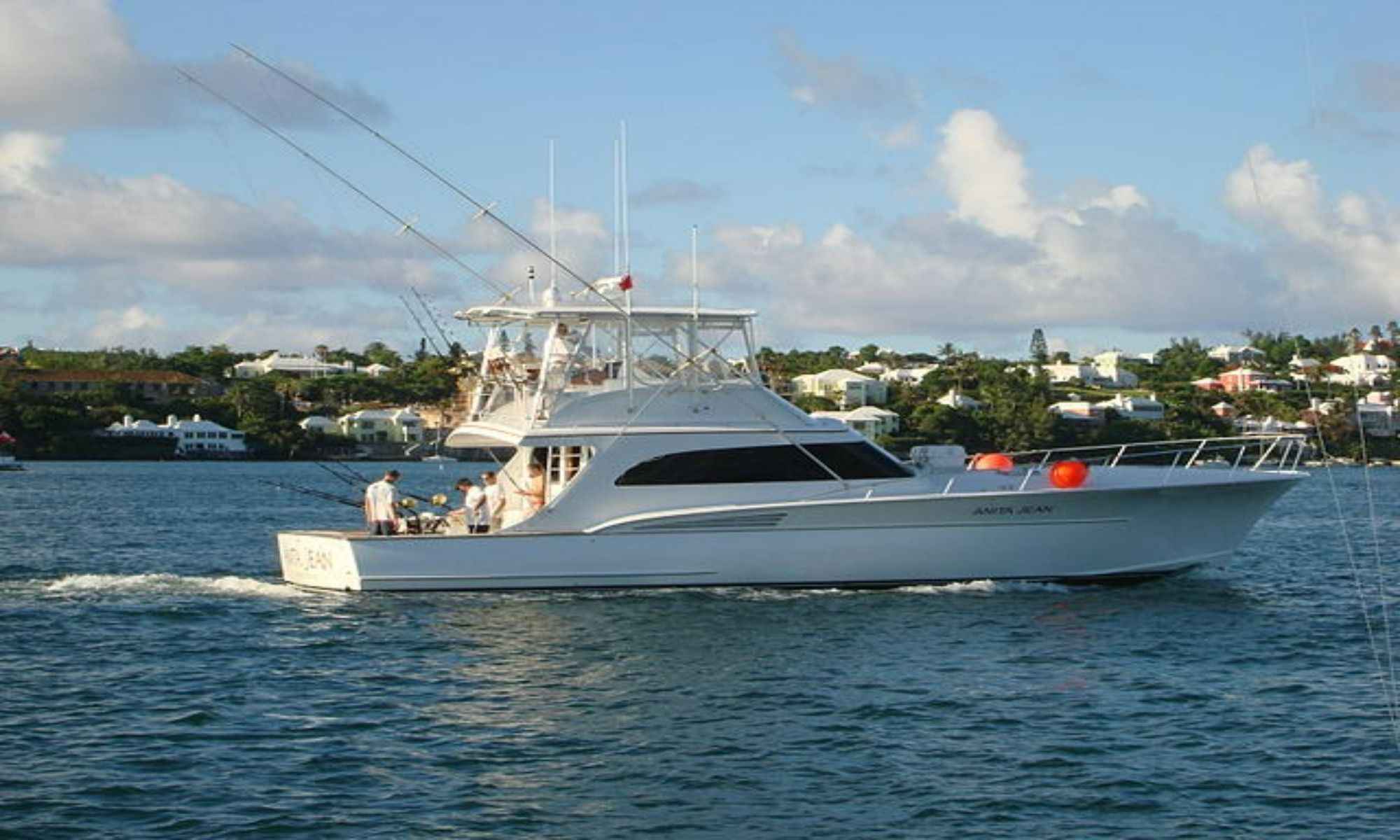Buoy 10 Salmon Fishing Techniques
Do you wonder how to catch salmon at the Buoy 10? Here are techniques that you can utilize!

The Columbia River produces the most salmon for sports anglers in the Pacific Northwest. Among the three major salmon runs returning to the Columbia, the fall run can number a million fish and attract anglers from all over the world. You can catch a limit of hard-fighting salmon fresh from the Pacific Ocean just inside the Columbia River mouth, also called "Buoy 10.” August and September are the months when the season runs.

Among the five salmon species, chinook salmon and coho salmon are the most frequent catch at Buoy 10. The coho salmon averages 7 to 9 pounds and is easily identified by its missing adipose fin. On the other hand, chinook salmon come in all sizes, averaging 15 to 25 pounds, with some exceeding 50 pounds.
'Buoy 10' is a red navigational marker indicating the western boundary of the Columbia river fishery management zone. Salmon can be found at Buoy 10 at all times of the day, depending on the tides. This article will teach you what to use and where and when to catch salmon.

Troll Upstream on The Flood Tide
During a big tide, backing upstream with your bow facing westward can help you move east with a school of salmon while the tide is rushing in. Furthermore, you may be able to hold your boat steady while facing the current during the entire tide, but as soon as the flood tide starts to fade, you should switch directions and begin to troll upstream. At this point, many experienced anglers will switch from using a diver to a conventional weight setup.
Trolling with a flood tide can be difficult when the water pushes the diver backward, making it difficult for the diver to control the dive. That is why he should switch to cannon-ball style sinkers suspended off a weight dropper line when trolling upstream with a flooding tide. It is essential to remember that divers will work fine while trolling east if the water is less than 20 feet deep. North of Desdemona Sands is a popular area for this.
Troll Downstream on The Outgoing Tide
After an upstream troll takes you to the bridge or above, you can forward troll when the tide is slack, but you should begin a downstream troll as the wave begins to dissipate (run out). After riding in on the flood tide, many thousands of salmon can hold in the North and South Channels adjacent to Desdemona Sands.
Desdemona Sands is the leading sand island in the middle of the river, above and below the Astoria-Megler Bridge. This area experiences the hottest bite of the day from the high-slack tide through the first half of the ebb.
Anglers typically troll downstream parallel to the island in 20-to-30 feet of water with a herring or spinner tied to a diving planer. Attach a flasher five feet behind a diving planer and flasher.
If you are into chinook fishing, remember that they like to hug to the bottom. Moreover, if you're looking for a big boy, keep your gear within a few feet of the base. On the other hand, If you're into coho salmon fishing, you should run your outfit mid-depth or in shallow water, such as 12 to 20 feet.

Utilize your Divers
Diving planers like the Delta and Deep Six are popular for successfully executing Buoy 10 salmon fishing techniques. A diver's advantage over traditional sinkers is that they trip upon strike, relieving the pull associated with the dive and allowing you to fight your fish virtually weightless. It is a good idea to try different diver finishes to see which produces the most fish because their color attracts them.
In general, divers dive approximately one foot for every two feet of line out, regardless of brand. By counting how many pulls your reel gets, you can estimate the depth of your trolling. One pull of line (average distance from the reel to the first-rod guide) should be one foot of dive; 12 pulls equals 12 feet of dive.
Don’t Forget the Flashers
When Buoy 10 fishing, flashers like Big Al's Fish Flash are popular because they produce horizontal, stroboscopic flashes of light when spinning. Fish Flash attracts fish without causing drag like other flashers or dodgers. With its triangular shape and outward wings, Fish Flash works on diver systems and free sliding spreaders.
Employ Free Sliding Spreader and Rigging Wires
Using Yakima Bait's Free Sliding Spreader combined with Yakima Bait's .051 thick stainless steel Rigging Wires allows you to assemble your gear quickly. Should a tangle occur, it will enable you to untangle your lines much faster than using monofilament alone. Moreover, when replacing monofilament as your weight-dropper line, rigging wires should be connected to the trailing end of your flasher.
Use Proper Rods, Reels, and Line
Berkley Air rods are famous for fishing in Buoy 10. 7'9" and 8' HB rods, 9' and 10'6" XH rods, and 9'6" and 10'6" rods have the best rod action. When looking for reels, consider the Garcia 5500/6500 or Penn Warefare Line Counter models that are filled with 25-pound test Big Game monofilament or 50 to 65-pound test Berkley Braid or Spiderwire.
Choose the Right Herring Color
Herring is the most popular bait type at Buoy 10 and is available in a variety of sizes (identified by the color of the package label). Green or blue are the most popular colors. When fishing for salmon, you could try rigging your herring with two 4/0 or 5/0 single hooks snelled in tandem on a leader of 4 to 6 feet.


